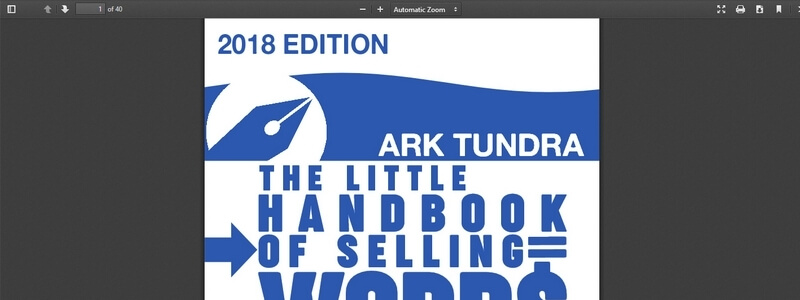As it is the customer who pays for your product, he is the one who decides its true value.
This largely depends on how persuasive your marketing is. If it is strong, a positive valuation is likely. If it is not, well… your product will be more exposed to the whims of the market and will have a rough ride ahead.
To use an analogy: Just about all of us, when buying a certain stock, do so in the hope that it will appreciate. (Leaving aside dividends for the sake of simplicity).
This hope is more often than not instilled by the company’s copy, which derives its power from the echo that its press release receives from the media. And the receiver of the media’s echo is the consumer-you and I.
As you can see, it is one long domino effect that starts with something as simple as Words’Words that are well-chosen, and that have the power to create a reality that has not yet come into being. A prospective reality that is so seductive that we put more hope in it than good sense would normally warrant.
All of this may seem obvious, but there is a method to it. We assume that we act rationally in our choice of investments because of the quarter reports we read and the information we take in; but even if the numbers are accurate, they don’t matter nearly as much as the expectations we place on the stock, due to the words that convinced us of its value in the first place.




